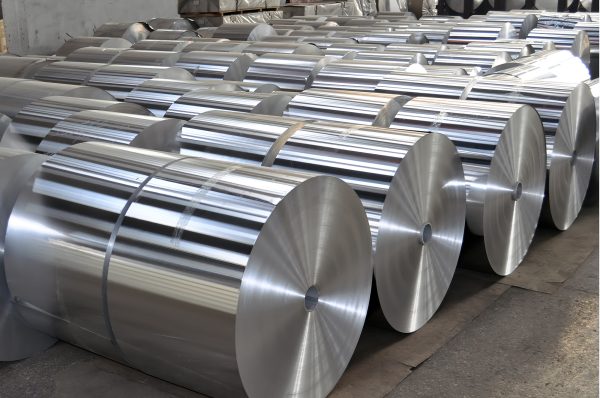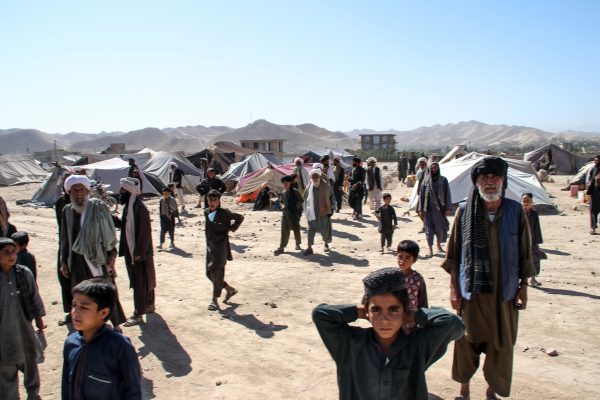Recently, the International Monetary Fund (IMF) revived the debate over Indonesia’s decision to ban nickel ore exports. The IMF recommended that Indonesia further analyze the costs and benefits of the ban, and suggested that it consider cancelling the export restrictions and not extending the restrictions to other commodities. The nickel export ban, first mooted as far back as 2014, was introduced in January 2020, with the aim of promote industrial development, particularly of downstream nickel processing facilities, in Indonesia.
Previously, in January 2021, the European Union filed a complaint against Indonesia to the World Trade Organization (WTO) over Indonesia’s nickel export ban, which took effect at the start of that year, claiming that the ban unfairly disadvantaged European stainless steel producers. Although the WTO ruled in Brussels’ favor in November 2022, President Joko Widodo was undaunted and promised to appeal the decision.
Indonesia’s decision to ban nickel exports demonstrates its commitment to mineral resource management and economic diversification. While some may argue that the ban disrupts the global supply chain for nickel, the long-term benefits of this move for Indonesia outweigh the short-term challenges. However, in order to maximize the benefits to Indonesia’s economy, the government should pursue several strategies to develop the downstream nickel processing industry.
Indonesia is the world’s largest nickel ore producer. In 2022, production amounted to an estimated 1.6 million metric tons, with about 21 million metric tons in reserve.
Nevertheless, Indonesia’s nickel industry chain is mainly dominated by mining activities, and the country lacks the technology to process downstream nickel products. Hence, the Indonesian government wants to develop more domestic smelting facilities in order to derive a greater benefit from the resource. As of this year, Indonesia is operating 43 nickel smelters in Sulawesi and the Maluku islands. A further 28 plants are under construction, and 24 are in the planning stages.
Moreover, since most of Indonesia’s nickel production consists of limonite resources that are suitable feedstock for class 2 products like stainless steel, it must undergo a process known as high-pressure acid leaching (HPAL) in order to become the mixed hydroxide precipitate that is used in lithium-ion battery cathodes. The first HPAL project, a joint venture between China’s Ningbo Lygend and Indonesia’s Harita Group, was commissioned in May 2021. Besides this, two other plants are also in operation. Meanwhile there are also four HPAL plant projects under construction and six at the feasibility stage.
Global nickel consumption is projected to increase from the current 2.2 million metric tons to 3.5 to 4 million metric tons in 2030. Electric vehicles and battery storage will consume more nickel than the stainless steel industry by 2040, which has implications for much of the increased demand for nickel onwards. Indonesia will play a big role in the future supply for both industries. Hence, significant policy changes in Indonesia have the potential to impact the future dynamics of the global market for nickel and its derivatives.
Despite the long term value and benefit for Indonesia of downstream nickel processing capacities, there are likely to be some challenges that the government will need to address in order to maximize these benefits.
First is the question of permitting and regulations. Since 2020, the regulation of nickel mining and processing have been handled by two separate ministries. In that year, facilities that perform nickel smelting came under the authority of the Ministry of Industry. Prior to that point, mining and smelting permits were obtained from the Minister of Energy and Mineral Resources (MEMR). The MEMR also drew up the roadmap for downstream mineral processing, including nickel, while the roadmap for smelting and other downstream industrial processes was drafted by the Ministry of Industry.
Different regulatory agencies or authorities may interpret and enforce regulations differently, and these two ministries have different understandings of the characteristics and mechanisms of smelters and minerals. Inconsistent enforcement might undermine the effectiveness of regulations and erode investor confidence. Hence, governments should establish mechanisms for interagency coordination and cooperation to ensure the coherence and consistency in regulatory enforcement. In addition, both ministries have an obligation to ensure that the roadmap is integrated, clear and addresses potential regulatory uncertainties.
Second, Indonesia should diversify the sources of its investment in nickel processing, avoiding overreliance on a single country investor. Currently, Chinese investors dominate 99 percent of the operations and development of raw mineral processing plants in Indonesia. The domination of one country can potentially lead to the creation of an oligopoly, leading to potential significant control over the nickel resources and products which can shape price dynamics. Indonesia’s government needs to forge partnerships with other countries to encourage investment diversification, knowledge sharing, and technology transfers.
The third challenge is how to unlock the linkages in the nickel downstream industries. Due to technological challenges, Indonesia’s current downstream product consists of ferro nickel and MHP (mixed hydroxide precipitate) extraction, and the country needs to import material to produce end-use products. Indonesia should not only focus on building smelters, but should also look forward to further downstream business opportunities, such as Ni metal, Ni sulphate, and other materials used in the production of batteries. To overcome this challenge, investments in the advancement in human capital knowledge, skills, and capabilities will be key. This can involve collaborating with academic institutions, research organizations, and industry players to promote innovation and develop new technologies.
Lastly, the government of Indonesia needs to establish tighter environmental standards for the mining and processing of nickel. Considering that the world industrial trend is moving towards a green industry, the number of emissions businesses produce will affect the industry’s competitiveness. If no significant efforts are made to enforce the implementation of environmental, social, and governance principles, Indonesia is expected to miss out on potential investment to develop its mining and processing sector.
The success of Indonesia’s downstream strategies will be primarily linked to how the country deals with those issues above. If this is done well, this strategy will retain a more sustainable and diversified economy, increasing the country’s bargaining power and greater control over the global market of nickel and its derivatives. Quite the opposite will happen if the approach turns out to be inadequate.





















Discussion about this post